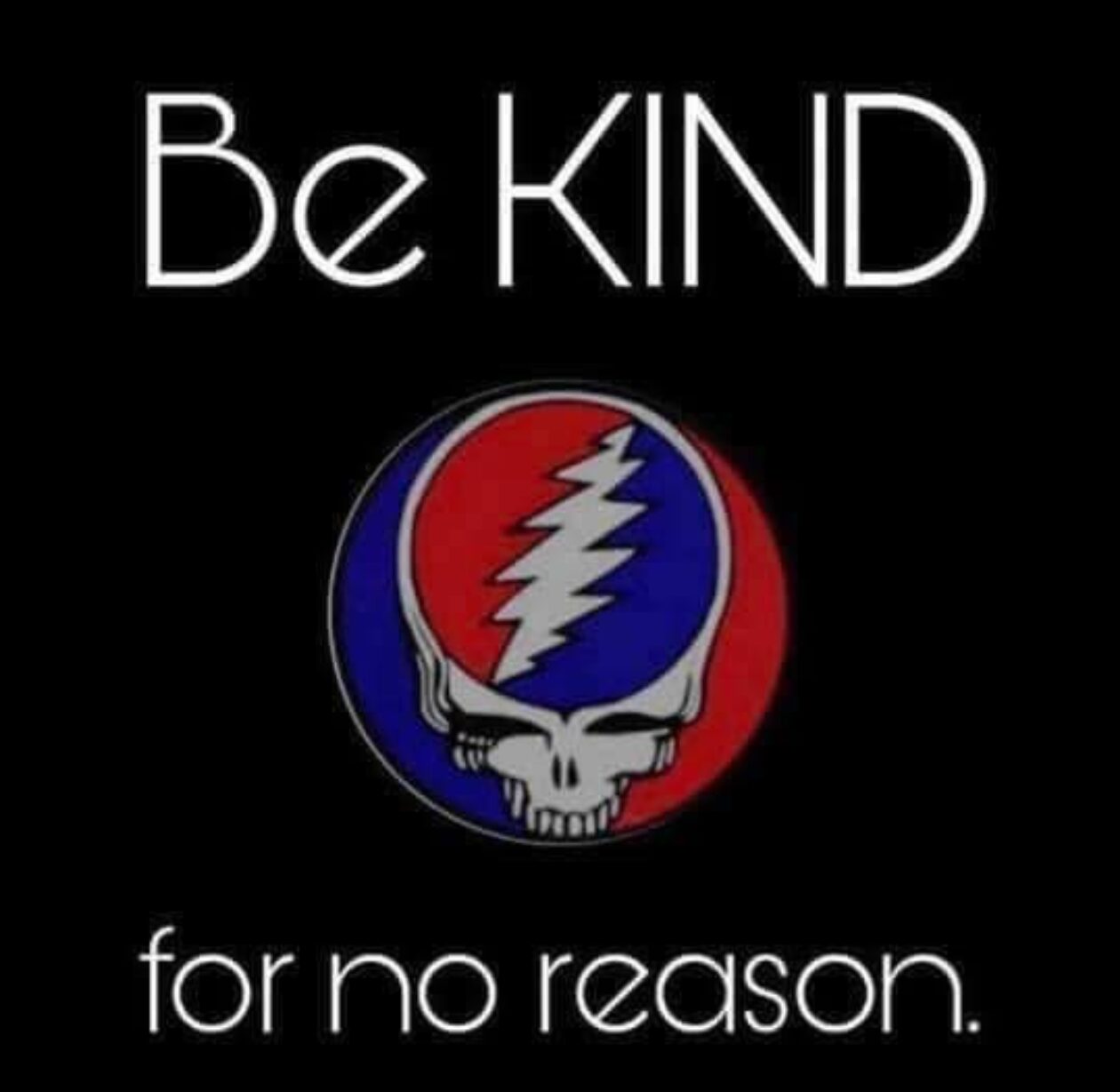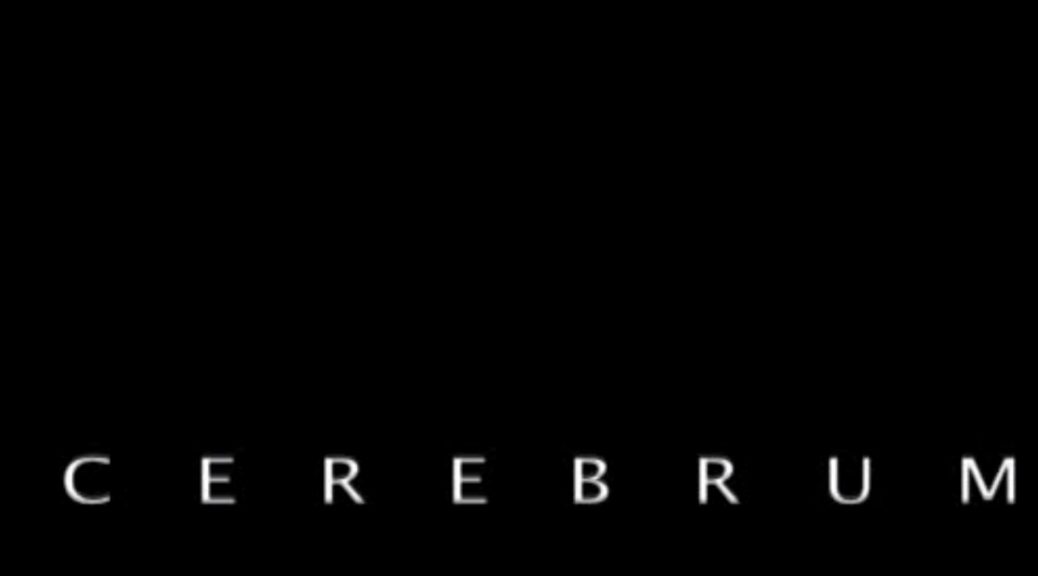NYC Cerebrum Club
NYC Cerebrum Club
Connecting the dots
I was watching a 2016 interview that Bethel Woods Center for the Arts Museum Curator Wade Lawrence had done with Dale Saltzman and Peter Brown, the two men who had helped create the Bindy Bazaar merchandise area at the Woodstock Music and Art Fair as well as other cloth banners and the yellow cloth coverings over the Food for Love booths.
During the interview, Peter Brown mentioned a New York City venue called The Cerebrum. Brown’s memory of the club was a bit sketchy (“it was some sort of touchy-feely kind of thing in the…in the village maybe…”), but the reference piqued my interest and here we are.
NYC Cerebrum Club
Ruffin Cooper
Ruffin Cooper had helped begin the Cerebrum. PBS’s NYC channel Thirteen had this to say about Cooper: Ruffin Cooper…was a conceptual artist and photographer who came of age in the wildly exciting and tumultuous 1960s. Some unique experiences he had during his life included going to Woodstock in 1969 and living for a time at a New Mexico commune. Later he established himself as an artist in San Francisco, crossing paths with such cultural icons as Dennis Hopper, Allen Ginsburg and Andy Warhol.
It was he along with Richard Currie, Bobjack Callejo, and John Brown that came up with the club’s concept.
NYC Cerebrum Club
Others
In the book Ridiculous!: The Theatrical Life and Times of Charles Ludlam by David Kaufman, Currie explained that the premise was simply a loft party. “...we’d come in with tambourines and projection equipment and weather balloons. We’d project images, take care of the music, and give them [guests] participatory instruments to play.”
A November 28, 1968 New York Times article by Dan Sullivan described it: A new club called Cerebrum shows you not only what it is, but what in five or ten years it may become: a prospect not altogether reassuring.
NYC Cerebrum Club
Mysterious entry
Cerebrum was located at 428 Broome Street. There was no Cerebrum signage. There was an illuminated bell. You pushed it. A opening in the door slid open. A voice asked your name. Did you have a reservation?
The initial entry was into the Orientation Room. You removed your shoes. you paid the fee–$2 on Tuesdays, $3 on on Wednesdays, and $4 on Thursdays. A white-robed guide, wearing only a white robe, handed a white robe to you. Some followed his example. Others chose not to, but all followed him into the main space.
A ramp let into an elongated all-white room and a white-carpeted runway in the center. Off of the runway were seven floating platforms. Each platform could hold about 6 people.
Each platform had its own collection of sensory items, or headsets to listen with, or tambourines to play with.
The Cerebrum opened in the fall of 1968 and closed the following spring. Here is a video posted by Bart Friedman, one of the guides, about the club. He describes it as “a nightly laboratory for mind bending excursions into film, sound, slides, mist, music, strobes and eroticism. ”
NYC Cerebrum Club
Short-lived
Ruffin Cooper attended the Woodstock Music and Art Fair. In fact, he went on to become a member of the Hog Farm.
He became a well known San Francisco based photographer of architectural subjects printed in mammoth scale. His show, Creating an Illusion: huge, consecutive photo details compositing the face of the Statue of Liberty, printed on fabric, spanned the length of the Port Authority Bus Terminal in NYC in 1985.
Here is a video about that project.
He died in 1992.
NYC Cerebrum Club
Fillmore East
By the way, the same day that the NY Times had its article on Cerebrum, there was this advertisement next to the article:
So many choices!



